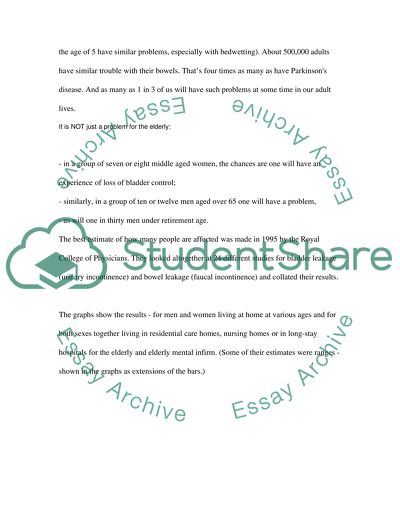Cite this document
(“The Continence Foundation Essay Example | Topics and Well Written Essays - 3000 words”, n.d.)
Retrieved from https://studentshare.org/health-sciences-medicine/1499790-the-continence-foundation
Retrieved from https://studentshare.org/health-sciences-medicine/1499790-the-continence-foundation
(The Continence Foundation Essay Example | Topics and Well Written Essays - 3000 Words)
https://studentshare.org/health-sciences-medicine/1499790-the-continence-foundation.
https://studentshare.org/health-sciences-medicine/1499790-the-continence-foundation.
“The Continence Foundation Essay Example | Topics and Well Written Essays - 3000 Words”, n.d. https://studentshare.org/health-sciences-medicine/1499790-the-continence-foundation.


